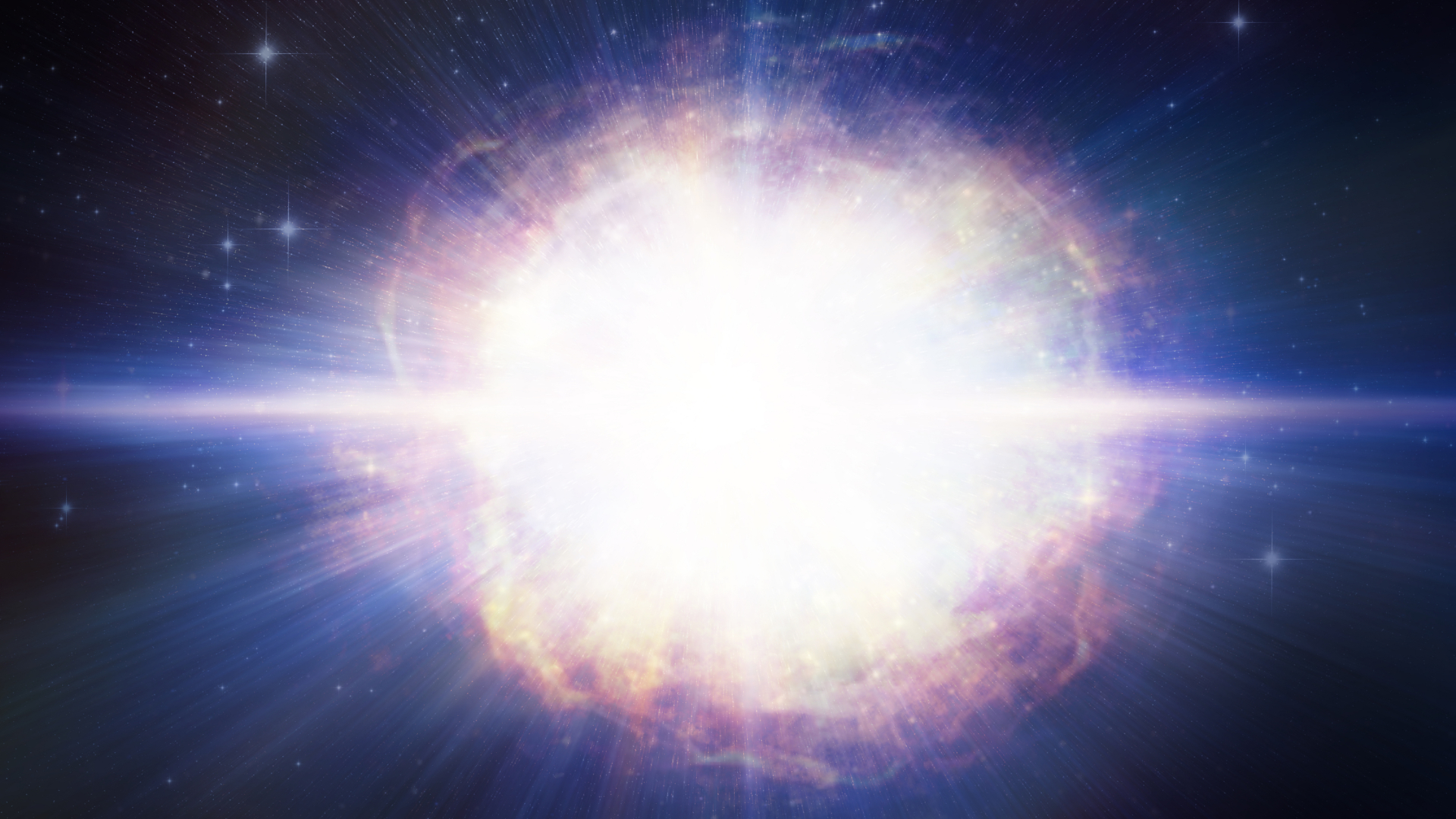Water in the Universe: an origin much older than expected? 💧
Follow us on Google News (click on ☆)
Researchers used computer simulations to study two types of supernovae: one with a star 13 times the mass of the Sun and another with a star 200 times more massive. These simulations helped understand how the oxygen produced during these explosions could combine with hydrogen to form water.

Artist's view of a supernova - M. Weiss
In the first simulation, water formed in quantities equivalent to a tiny fraction of the solar mass, between 30 and 90 million years after the explosion. The second simulation showed faster and more abundant water formation, reaching about 0.001 solar mass in just 3 million years.
These results suggest that water could have been present in the Universe as early as 100 to 200 million years after the Big Bang. This water, formed in the dense remnants of supernovae, could have played a crucial role in the formation of planets.
The study highlights the importance of the extreme conditions of supernovae for the synthesis of heavy elements like oxygen. This element, by combining with hydrogen, allowed the formation of water, a key ingredient for the emergence of life. Researchers suggest that this primordial water could have been incorporated into nascent planetary systems. This opens new perspectives on the origin of water in our own Solar System.
This discovery, published in Nature Astronomy, is based on computer models that simulate the physical and chemical conditions of the early Universe. It adds another piece to the puzzle of the origin of life in the Universe.
How does water form in the Universe?
Water forms when oxygen, produced in stars, combines with hydrogen, the most abundant element in the Universe. This process requires specific conditions of temperature and density, often found in the remnants of supernovae.
Supernovae, by exploding, scatter into space the elements they have synthesized, including oxygen. This oxygen, upon encountering hydrogen, can form water molecules, especially in the dense and cold regions of the halos left by the explosion.
The formation of water is therefore a process that depends on the chemical history of the Universe, marked by the life and death of stars. This shows how the essential elements for life are the product of violent astrophysical phenomena.